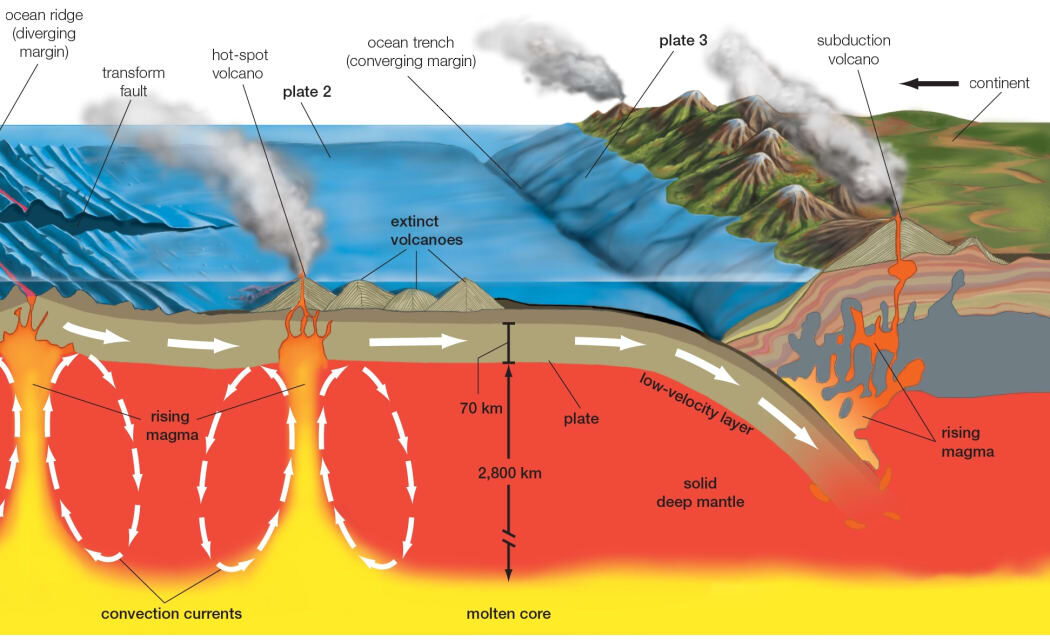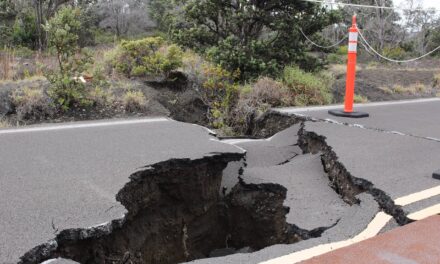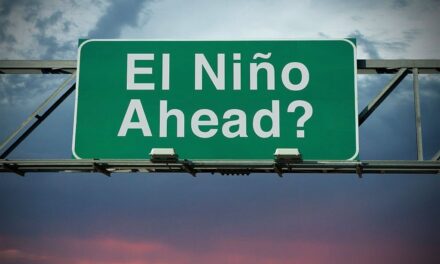Tectonic Earthquakes
Earthquakes are natural phenomena that can strike with little warning, causing widespread destruction and loss of life. Among the various types of earthquakes, tectonic earthquakes are the most common and often the most powerful. These earthquakes are the result of the Earth’s dynamic tectonic plate movements and are essential to understanding the Earth’s geological processes. In this article, we will explore the science behind tectonic earthquakes, their causes, and the impact they have on our planet.
The Science of Tectonic Earthquakes
Tectonic earthquakes are primarily caused by the movement of tectonic plates, which make up the Earth’s outer shell. The Earth’s crust is divided into several large and small pieces called tectonic plates, and these plates are constantly in motion. The interactions between these plates at their boundaries are responsible for most of the seismic activity on Earth.
There are three main types of plate boundaries where tectonic earthquakes occur:
- Convergent Boundaries: At convergent boundaries, two tectonic plates are moving towards each other. This collision can lead to intense pressure and stress, resulting in powerful earthquakes. The subduction of one plate beneath another is a common feature of convergent boundaries, and it can cause deep and devastating earthquakes. The boundary between the Indian Plate and the Eurasian Plate is a prime example of a convergent boundary, where the collision has given rise to the Himalayan mountain range and frequent seismic activity.
- Divergent Boundaries: At divergent boundaries, tectonic plates are moving apart from each other. This movement creates tension within the Earth’s crust, and when it is released, it leads to earthquakes. An example of a divergent boundary is the Mid-Atlantic Ridge, where the North American Plate and the Eurasian Plate are moving away from each other.
- Transform Boundaries: At transform boundaries, tectonic plates slide past each other horizontally. The friction between these plates can cause them to become “locked” in place. When the stress overcomes this friction, it results in sudden movement and an earthquake. The San Andreas Fault in California is a well-known transform boundary where the Pacific Plate and the North American Plate are moving in opposite directions.
Causes of Tectonic Earthquakes
The primary cause of tectonic earthquakes is the release of accumulated stress along tectonic plate boundaries. As tectonic plates interact, they can become stuck due to friction. The stress and strain continue to build up until they are eventually released in the form of seismic energy, causing an earthquake. This process involves three main stages:
- Elastic Deformation: Tectonic plates are initially deformed elastically as stress accumulates. This deformation causes the Earth’s crust to bend and stretch, storing potential energy.
- Stress Accumulation: Over time, the stress continues to accumulate as the plates remain locked. This stored energy is what powers an earthquake when it is eventually released.
- Release of Energy: When the friction holding the plates in place is overcome, the stored energy is suddenly released in the form of seismic waves. This release of energy is what we feel as an earthquake.
Impact of Tectonic Earthquakes
Tectonic earthquakes can have a profound impact on our world. Their effects are widespread and can include the following:
- Ground Shaking: The most immediate and noticeable effect of an earthquake is the shaking of the ground. This shaking can vary in intensity, but even minor tremors can cause structural damage and, in extreme cases, collapse buildings and bridges.
- Surface Rupture: In some cases, the Earth’s surface can rupture along a fault line, causing visible cracks and displacements. This surface rupture can extend for several kilometers and has a significant impact on the landscape.
- Tsunamis: Underwater earthquakes, which often occur near tectonic plate boundaries, can displace massive volumes of water and generate tsunamis. These large ocean waves can inundate coastal areas, causing catastrophic damage and loss of life.
- Landslides: Earthquakes can trigger landslides on steep slopes, burying homes and infrastructure under debris. This can be especially devastating in mountainous regions.
- Liquefaction: In areas with loose, water-saturated soils, the shaking from an earthquake can cause liquefaction, where the ground behaves like a liquid. This phenomenon can result in the sinking of buildings and infrastructure.
- Aftershocks: After a significant earthquake, aftershocks may follow. These are smaller earthquakes that can continue for days, weeks, or even months after the initial event. Aftershocks can further damage already weakened structures.
Conclusion
Tectonic earthquakes are a fundamental part of the Earth’s geological processes, driven by the dynamic movement of tectonic plates. Understanding their causes, effects, and the regions most at risk is essential for earthquake preparedness and mitigation efforts. While we cannot prevent earthquakes, we can take steps to build resilient infrastructure, establish early warning systems, and educate communities on earthquake safety. By doing so, we can reduce the devastating impact of tectonic earthquakes and save lives.










